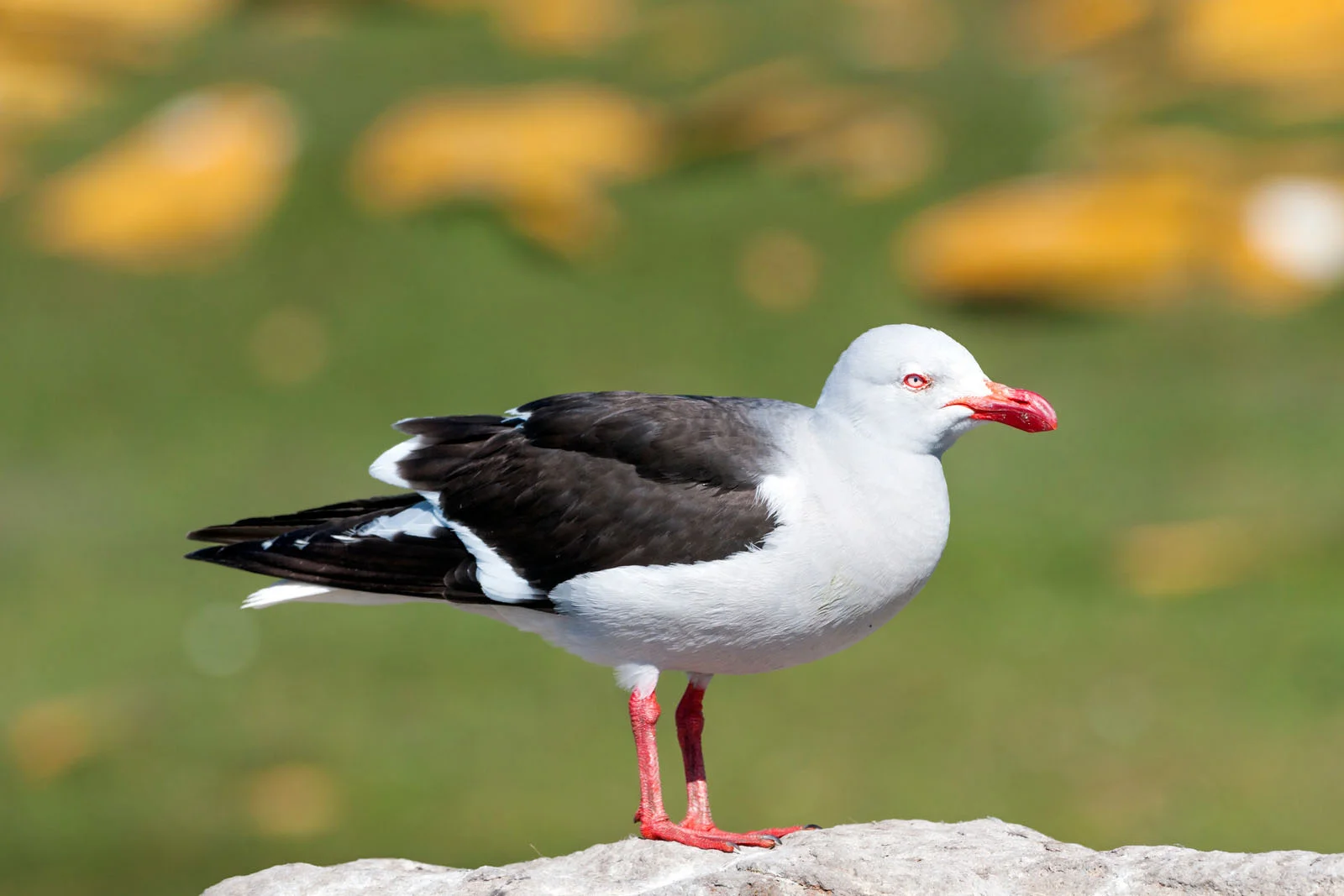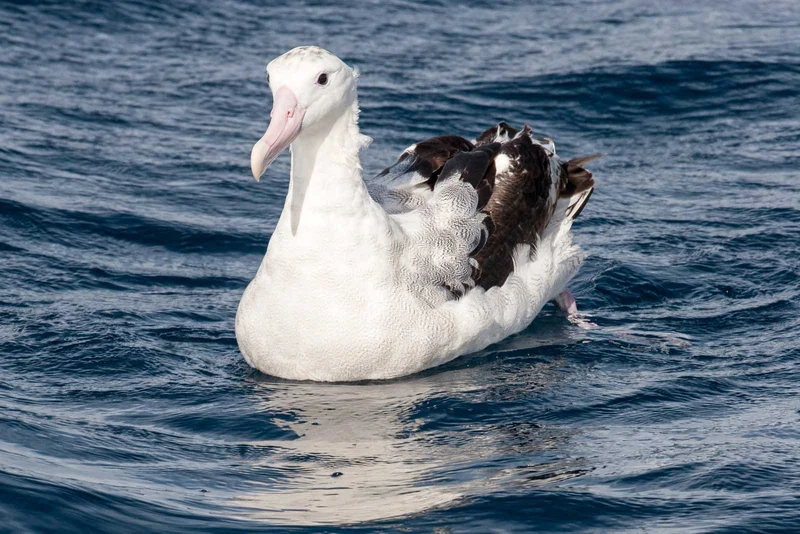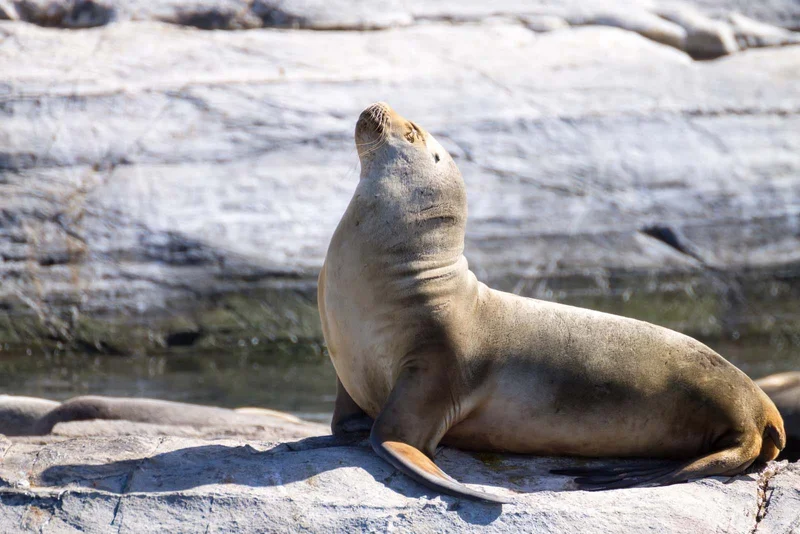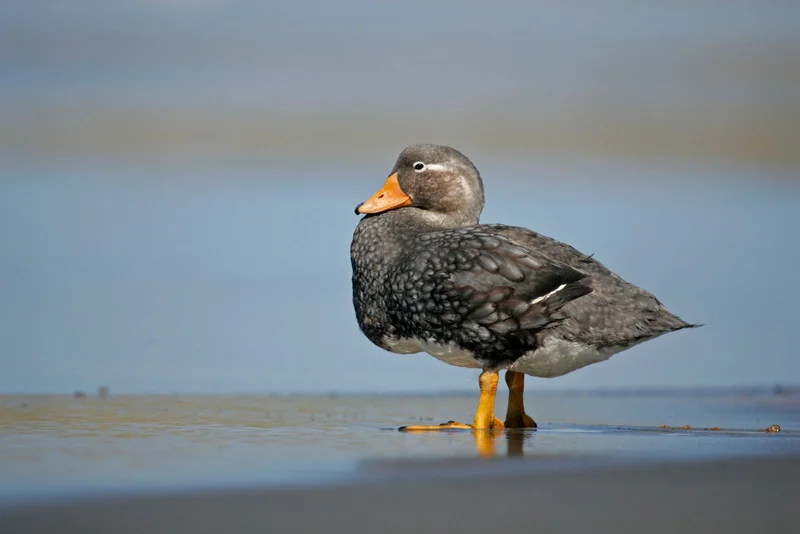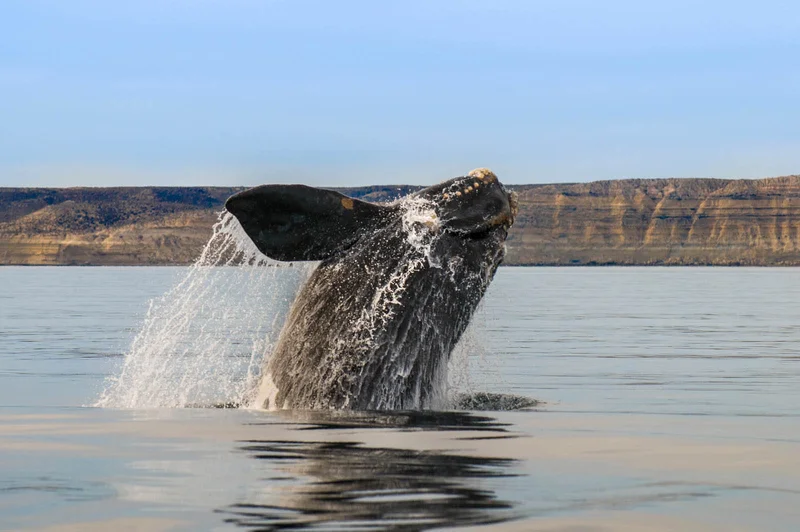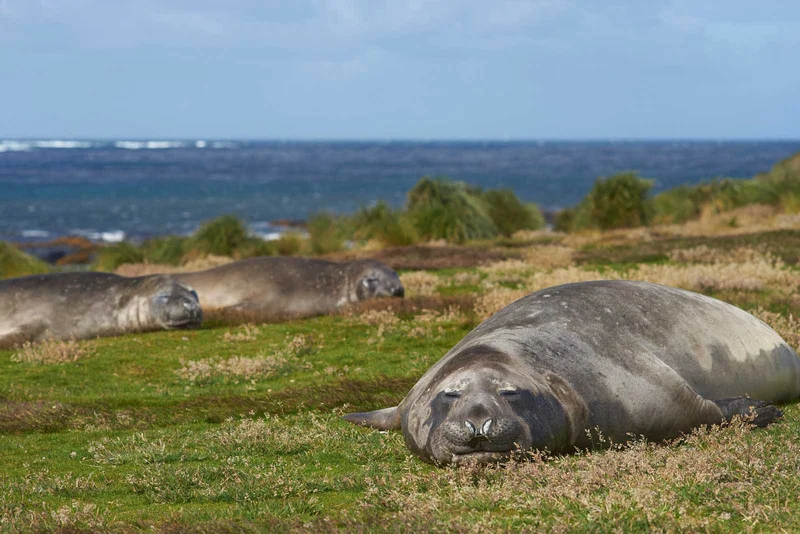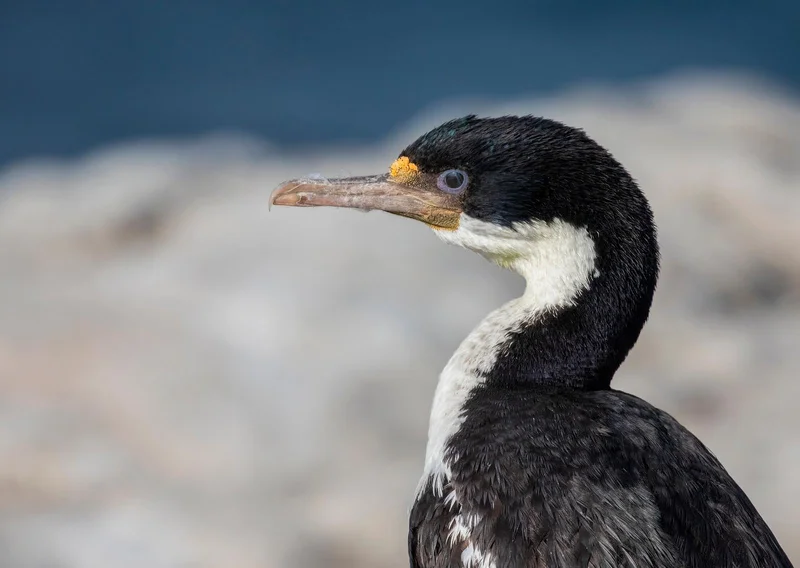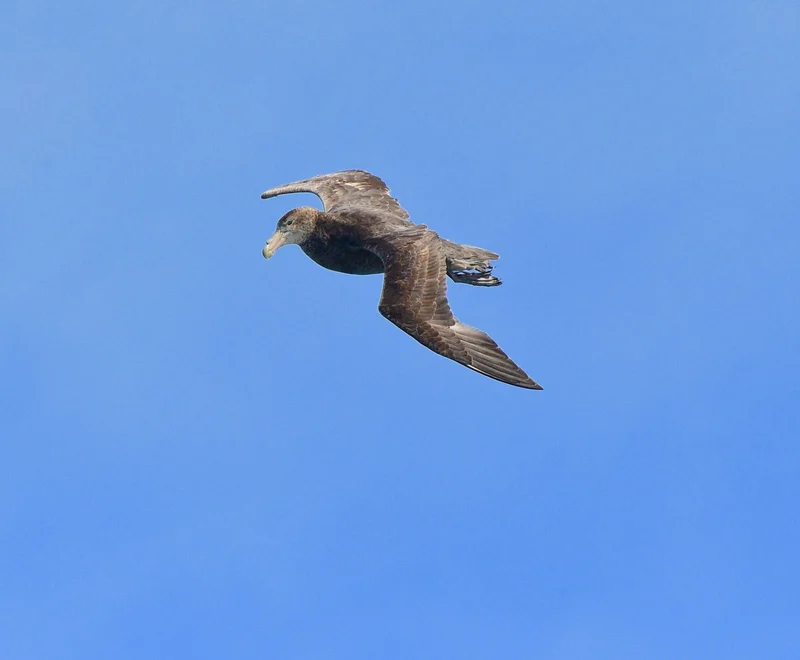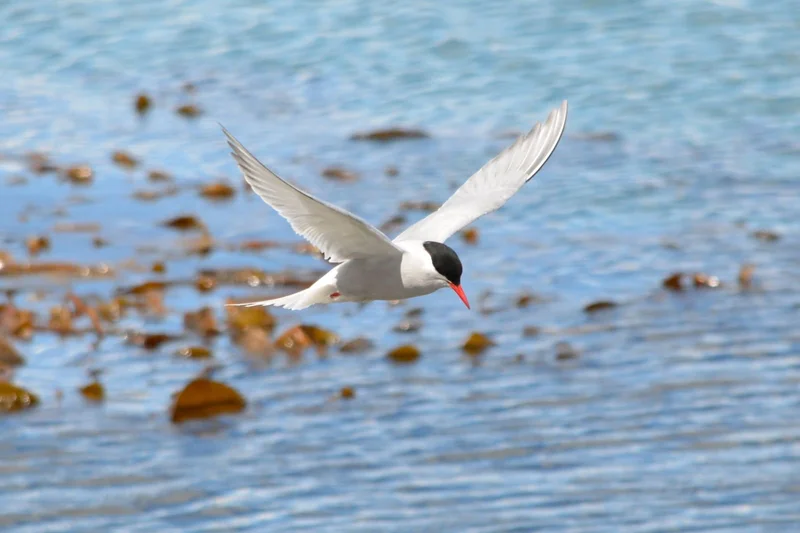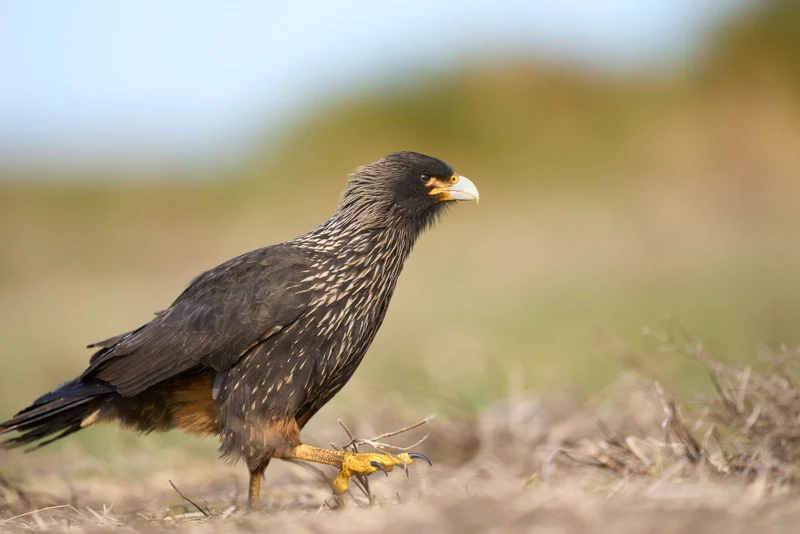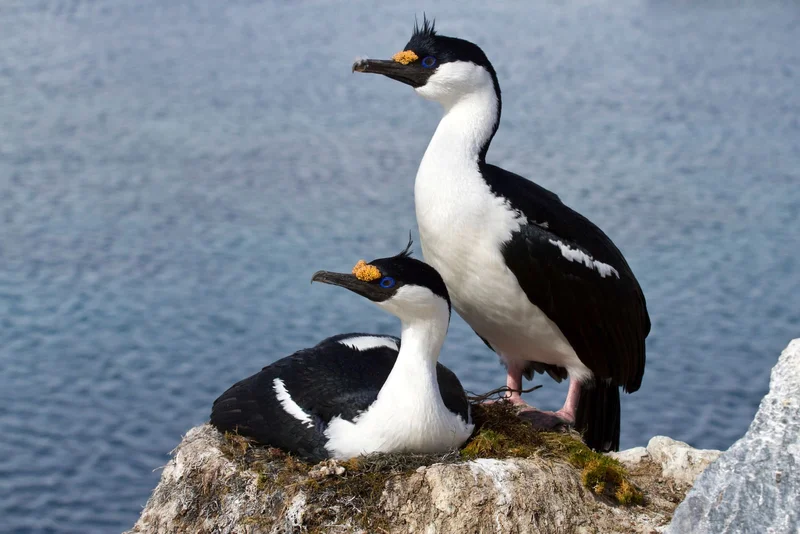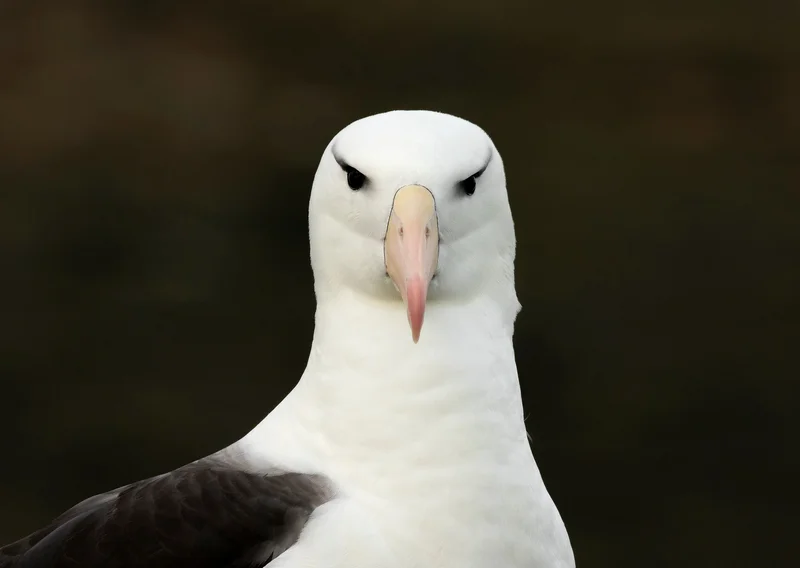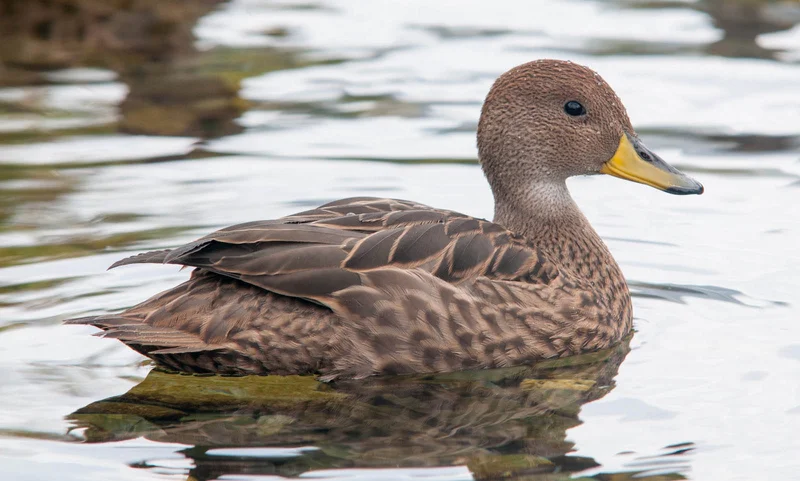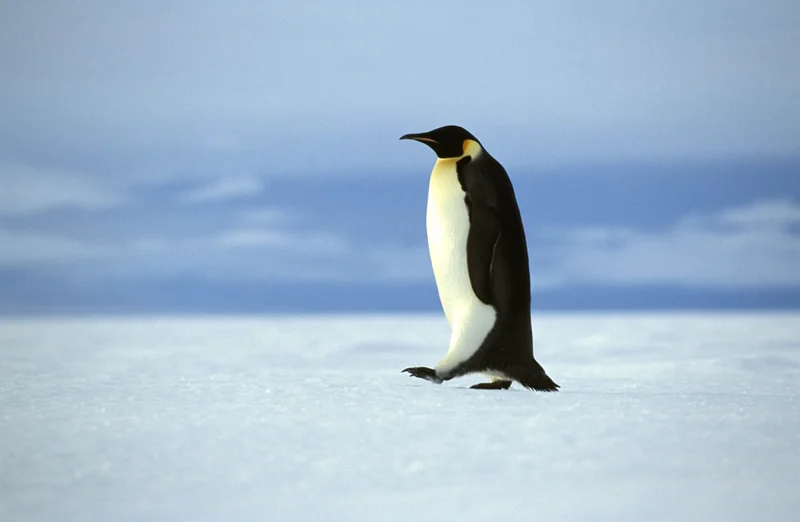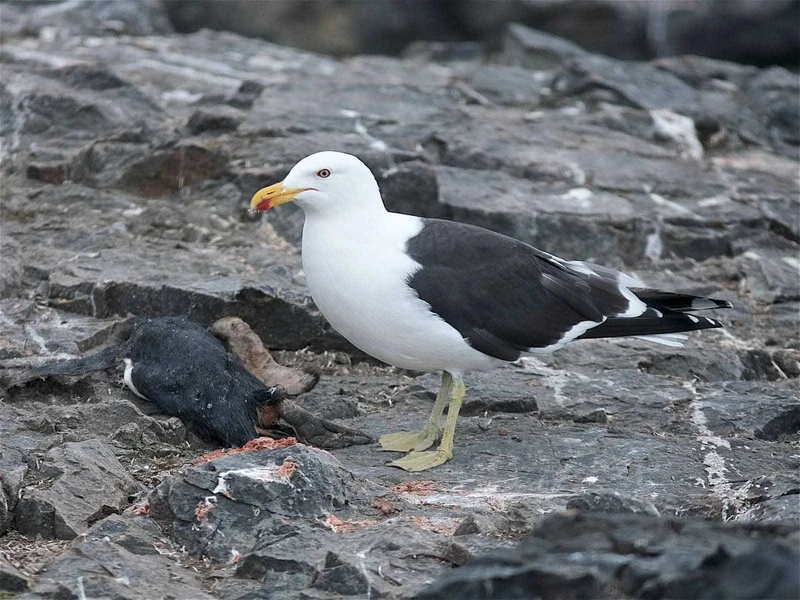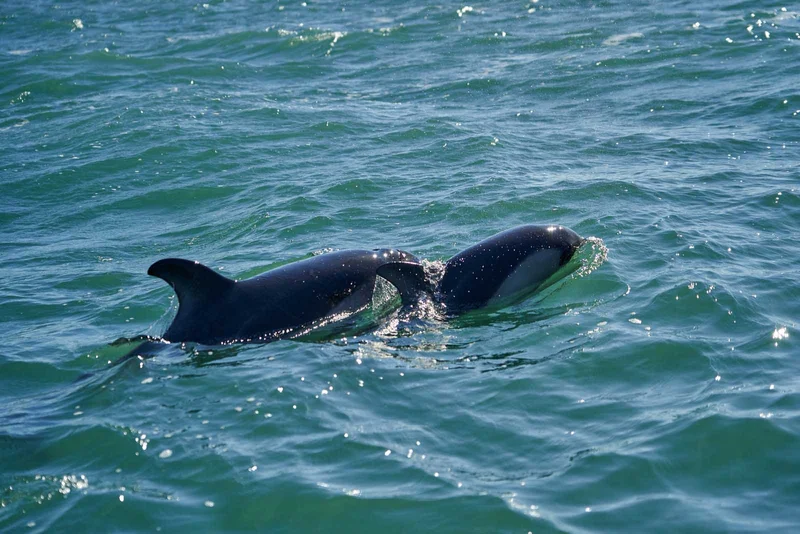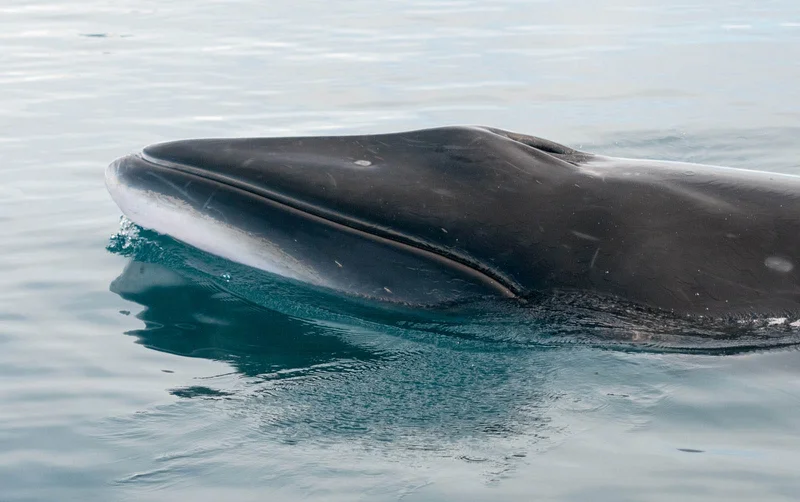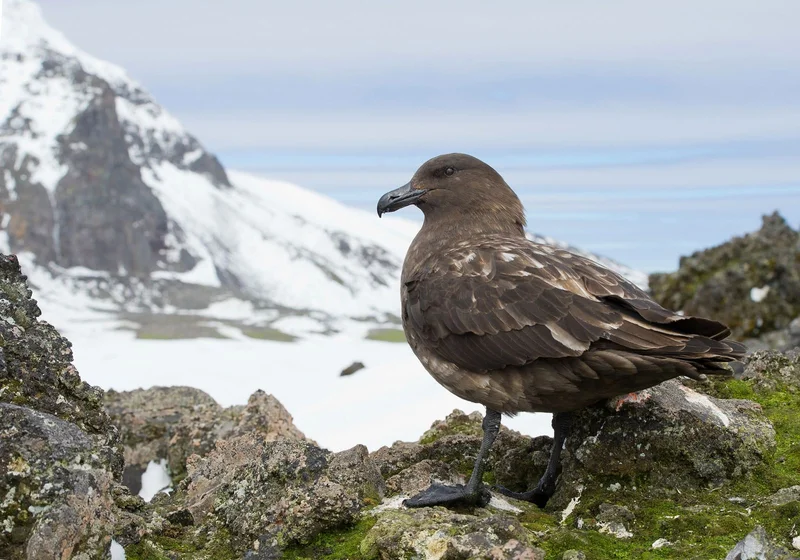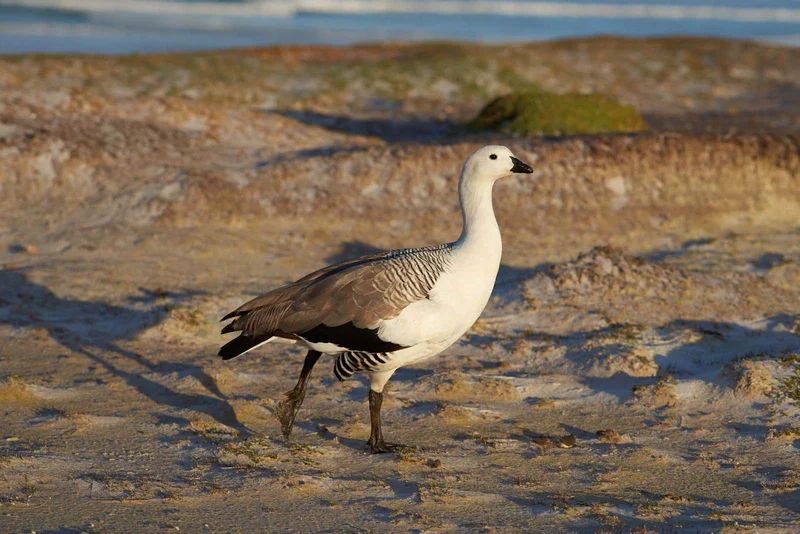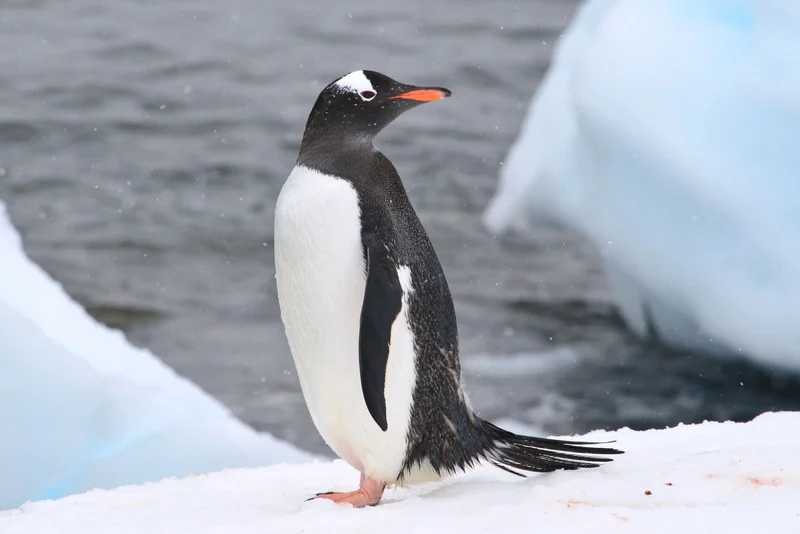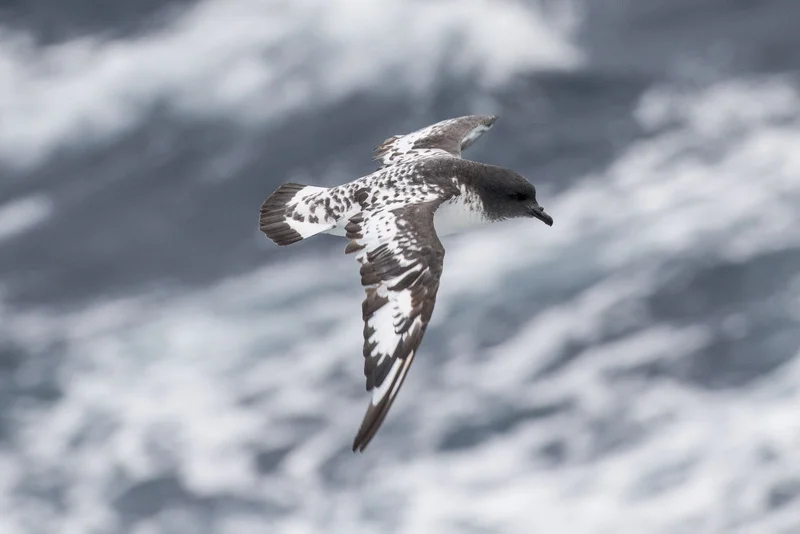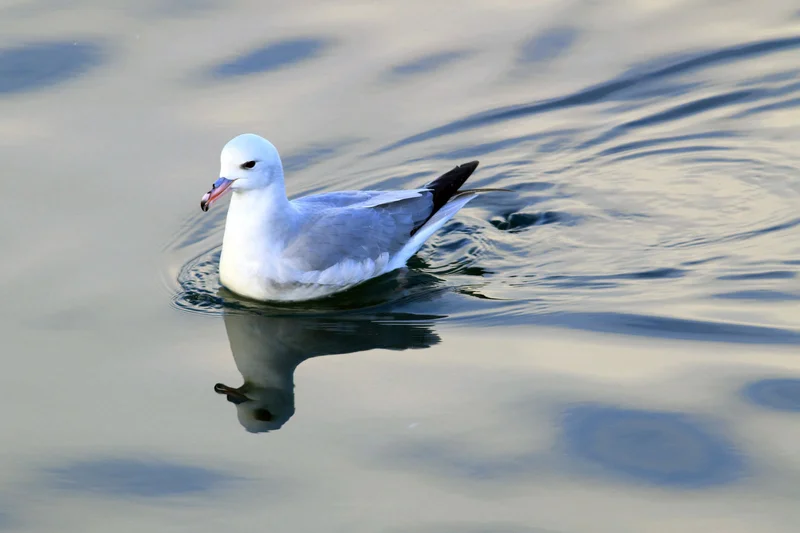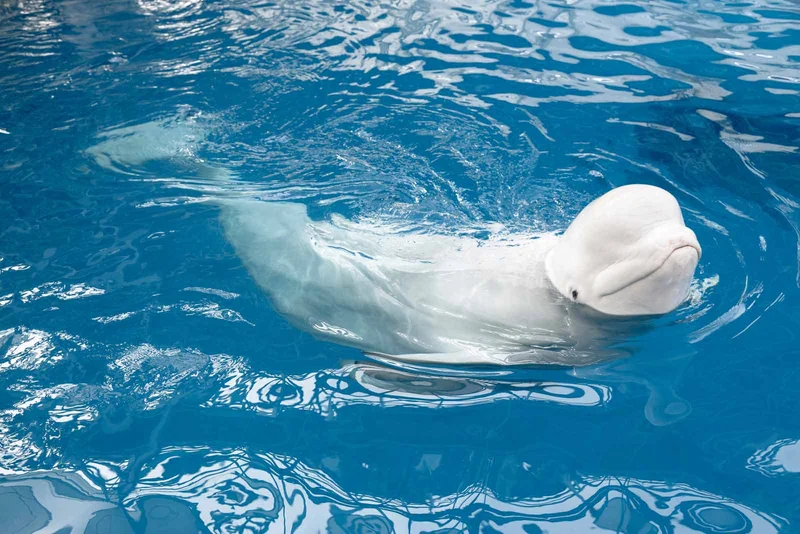Essential Dolphin Gull Information
Habitat and Appearance
The Dolphin Gull, or Magellanic Gull, is native to the southern regions of Patagonia, particularly in Chile, Argentina, and the Falkland Islands. These gulls are easily recognizable due to their grey plumage, bright red beaks, and matching red legs. They are often seen near seabird colonies and human areas, such as docks and harbors, where they take advantage of available food sources.
Diet and Behavior
Like many gull species, Dolphin Gulls are opportunistic feeders. They scavenge for food, eating carrion, chicks, and eggs if given the chance. Their presence near seabird colonies can be problematic when human activity disturbs adult birds, leaving their nests vulnerable. Naturalist guides on Antarctic expeditions ensure visitors minimize their impact on nesting seabirds, helping to prevent these opportunistic feedings.
Population and Distribution
There are an estimated 28,000 Dolphin Gulls in the South Atlantic, making them a regional specialist of the Southern Patagonian coastline. They are particularly common around the Falkland Islands and can often be seen in areas like Ushuaia, Argentina, where they interact with humans at docks and other populated areas.
Interesting Facts
- Striking Appearance: Their red beaks and legs make Dolphin Gulls easy to spot, especially when seen against their grey bodies.
- Opportunistic Feeders: These gulls are known to scavenge and will take advantage of disturbed seabird colonies to steal eggs and chicks.
- Curiosity: Dolphin Gulls are often curious about human activity, frequently seen near docks and other areas with food opportunities.
